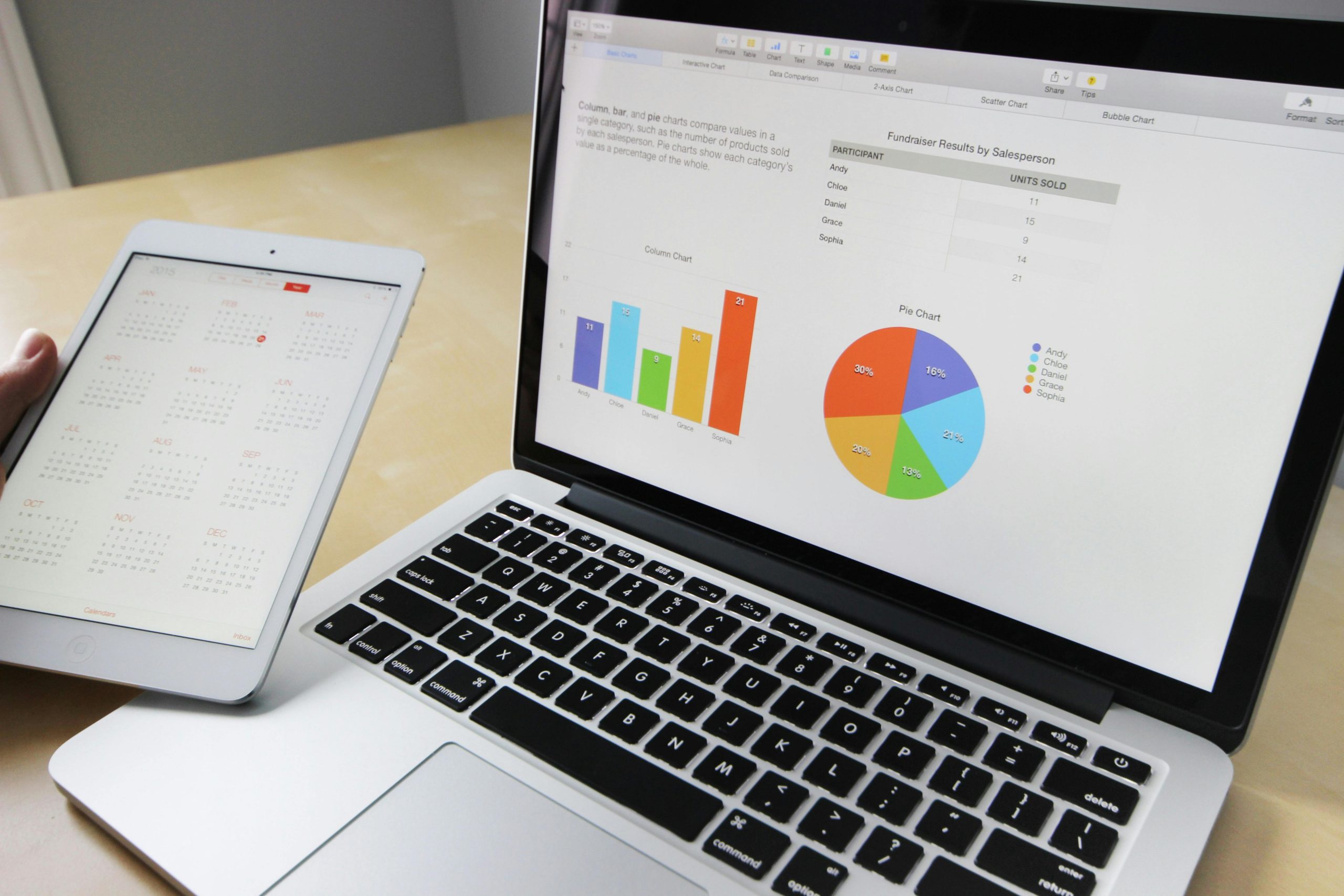How to Use Big Data to Improve Customer Insights for UK Retail Banks?

In the modern world, big data has become a critical asset for businesses, especially in industries like banking and finance. In the case of retail banks, the importance of data is seen in its ability to help streamline business operations, manage risks, and most importantly, provide a deeper understanding of their customers. Indeed, retail banks now have the opportunity to leverage the vast amount of data at their disposal to better understand their customers, anticipate their needs, and enhance their services. This article will discuss how UK retail banks can maximize big data to improve their customer insights.
Streamlining Business Operations with Data
Banks produce a huge amount of data each day. This data, when properly managed and analyzed, can drive efficient business operations. By leveraging big data, retail banks can streamline their business processes such as credit scoring, fraud detection, and customer segmentation.
Lire également : What Are the Strategies for UK Specialty Bakers to Succeed in Farmers’ Markets?
Big data provides an opportunity for retail banks to understand their customers’ behaviours and preferences. For instance, by analyzing customers’ transaction history, banks can segment customers based on their spending habits. This segmentation allows banks to tailor their services and marketing messages to specific groups of customers, thereby enhancing customer satisfaction and improving the bank’s overall business performance.
Enhancing Risk Management through Data
Risk management is a critical function in retail banking. Banks face a myriad of risks including credit risk, operational risk, and market risk. Big data analytics can help banks better understand and manage these risks.
A lire également : How Can UK Sustainable Fashion Startups Validate Their Supply Chain Transparency?
By analyzing historical data, banks can predict the likelihood of loan defaults, thereby helping them make better credit decisions. Moreover, big data can help detect fraudulent activities in real-time, enabling banks to prevent losses and protect their customers’ assets.
In this digital era, where cyber threats are increasingly becoming sophisticated, big data can also help in identifying unusual patterns or activities that might signify a potential security breach. Therefore, incorporating big data into risk management strategies not only helps in mitigating risks but also ensures the safety of the customers’ funds.
Improving Customer Insights with Data
At the heart of improving banking services lies a deep understanding of customers. Retail banks have a wealth of customer data at their disposal. This data, if well harnessed, can provide valuable insights into customers’ needs, preferences, and behaviours.
Big data analytics can reveal patterns and trends in customers’ transactions, interactions with the bank, and responses to different marketing campaigns. These insights can help banks anticipate customers’ needs, tailor their services and products to meet these needs, and enhance their overall customer experience.
For instance, if data analysis reveals that a significant number of customers usually apply for mortgages during a certain time of the year, a bank can enhance its mortgage services during that period to cater to the increased demand.
Driving Digital Transformation with Data
In this digital age, retail banks are under pressure to keep up with the changing times and meet the digital needs of their customers. Big data is an essential resource in driving this digital transformation.
Data can guide the development of digital banking platforms that meet the needs and expectations of today’s tech-savvy customers. For example, with insights gleaned from data, banks can develop mobile banking apps that are user-friendly, secure, and have the features that customers really need.
Furthermore, big data can help banks to optimize their online and mobile platforms based on how customers interact with them. For instance, if data shows that customers often abandon their sessions on the bank’s website before they complete a transaction, the bank can investigate the issue and make necessary adjustments to improve the user experience.
Harnessing the Power of Data-driven Decisions
In today’s competitive banking environment, making decisions based on intuition or gut feelings is not enough. Banks need to leverage the power of data to make informed, strategic decisions.
Data-driven decisions are not only more accurate but also more efficient. When decisions are based on data, banks can save time and resources that would have otherwise been used in trial and error. Moreover, data-driven decisions help banks to stay ahead of their competition by enabling them to quickly identify and take advantage of opportunities in the market.
As retail banks continue to embrace big data, they should also invest in data management structures and tools. Proper data management will ensure that banks have accurate, timely, and reliable data to inform their decisions.
In conclusion, big data holds immense potential for retail banks. By harnessing the power of big data, banks can improve their operations, manage risks, enhance customer insights, drive their digital transformation, and make data-driven decisions. To maximize these benefits, banks must invest in sophisticated data analytics tools and develop robust data management structures. Furthermore, banks must also adhere to data protection regulations to protect their customers’ data and maintain their trust.
Utilising Machine Learning and Social Media Data in Retail Banking
Machine learning is a key component of big data analytics. It involves computers learning from data to identify patterns and make predictions. In retail banking, machine learning can be used to automate processes, identify customer trends, and make financial forecasts.
For example, machine learning can be incorporated into fraud detection systems to identify patterns of fraudulent transactions and flag them in real time. This allows banks to respond quickly and protect their customers’ funds. Similarly, machine learning can be used to analyse customer behaviour and predict future trends. This can help banks to tailor their services to meet their customers’ needs, thus enhancing the customer experience.
In addition to internal bank data, retail banks can also utilise data from social media platforms to gain insights into their customers’ behaviours and preferences. This can help banks understand their customers on a deeper level, allowing them to personalise their services and marketing strategies. For instance, banks can analyse posts, likes, and shares on social media to identify popular banking features or services. These insights can guide their product development and marketing strategies.
However, while leveraging social media data can provide valuable customer insights, it’s crucial for banks to respect their customers’ privacy and adhere to data protection regulations. This includes obtaining the necessary consents before collecting and processing personal data.
Conclusion: Embracing Big Data in the Banking Industry
The application of big data in the retail banking sector presents an array of opportunities for financial institutions in the UK and beyond. In a world where customer expectations are constantly evolving, big data provides banks with the tools to stay ahead and remain relevant. By harnessing the power of data analytics, banks can streamline their operations, enhance risk management, gain a deeper understanding of their customers, and make data-driven decisions.
The use of big data can also facilitate a smoother digital transition in the banking industry. As customers increasingly prefer digital banking services, the ability to analyse customer behaviour and preferences in real time becomes more valuable. With insights gleaned from big data, banks can create digital platforms and services that truly meet the needs of their customers.
Nevertheless, the use of big data is not without challenges. Banks must invest in sophisticated data analytics tools and develop robust data management structures. They must also navigate the complex landscape of data protection regulations to ensure the privacy and trust of their customers.
Ultimately, the power of big data lies in its ability to transform raw data into actionable insights. For retail banks, these insights can lead to improved customer experience, better decision making, and increased profitability. In this digital age, the ability to effectively leverage big data will undoubtedly be a key determinant of success in the banking industry.
